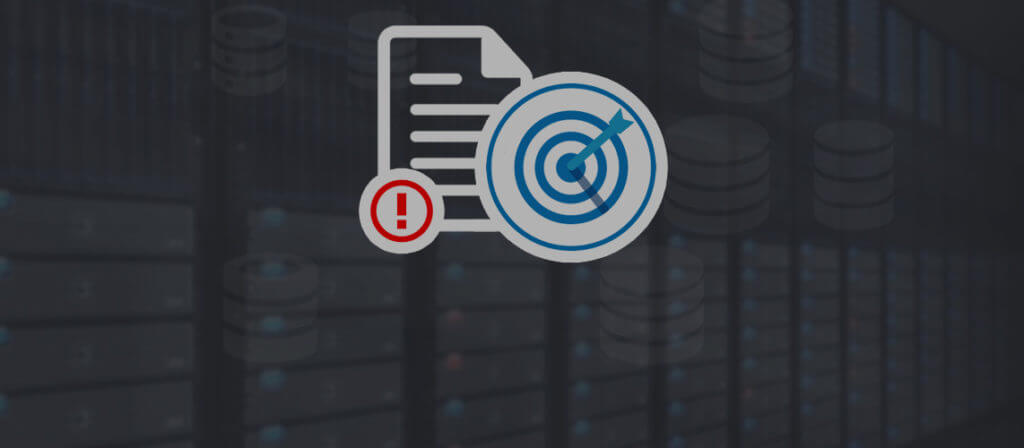Exchange Database can contain multiple mailboxes of users, and eventually, the size of the database increases to a saturation point. When the database’s size is reached to its highest point, then deleting the content will also not recover the free space. White space will be created in the place of information, and the user will find it hard to occupy it. If you delete 10 GB of data from an EDB file of a total of 20 GB, then you will not get a free 10 GB, but a white space of 10 GB will be created in the database.
When administrators find Exchange EDB file too big, their biggest challenge is to keep the Server in running mode all the time. Well! There are different ways you can deal with this situation.
Transfer the Mailbox Database
When the Exchange EDB file is too big, you can move the mailbox database to a different location after dismounting it. Exchange Management Console can be utilized to perform this action. To dismount the database, select Mailbox, then right click on it and select the Dismount Database option. To transfer the mailbox database, follow the steps:
- In Exchange Management Console, under Organization Configuration, choose Mailbox. Right-click on the mailbox that you want to move and select Move Database Path.
- As the Move Database Path window appears, provide the new location for data files and log files. Next, click on Move to continue with the procedure.
- Finally, a message box will appear that alerts you about temporary database dismounting. Then just click Yes.
- Once the operation is accomplished, a task completion information box will appear. Click on Finish to close the wizard.
Thus, mailbox database is moved, and storage space is generated.
Change database size specifications
When the Exchange EDB file is too big, you can change the size specifications for the database. The steps you require to follow are given below:
- Just go to Registry Editor, search for the given path:
“HKEY_LOCAL_MACHINE\SYSTEM\CurentControlSet\Services\MSExchangeIS\<Server Name>\Private-<databaseGUID>” - If “Database Size Limit in GB” DWORD is there under “Private-[database GUID]” then modify the value to GB (gigabytes). If not, create DWORD “Database Size Limit in GB”, and try to define storage limit in gigabytes.
- Start the Exchange Information Store again.
- Finally, see the current size from the Event Viewer (see the event ID 1216)’.
Some best practices for Exchange administrators
Administrators can avoid many Exchange issues, if they religiously follow a few best practices. Some of them are:
- Check SMTP Logs and Queues: SMTP logs and queues are very effective in solving messaging failures. By keeping a close view on SMTP logs and queues, you as administrator can successfully keep tabs on the performance of an Exchange server. As most of the emails are transported through Exchange’s SMTP queues, and just in case if any issue takes place, the messages become jammed in the queue. A simple exercise of reviewing SMTP logs frequently can help to understand many issues as they arise.
- Run Microsoft’s Exchange Best Practices Analyzer: As an administrator, you could also take help of the Microsoft Exchange Best Practices Analyzer application in evaluating the overall condition and configuration of Exchange servers. The application helps in getting information from Active Directory, the registry, performance monitor, and other locations. By running this tool, you can easily spot configuration matters that could badly disturb the performance of email server.
- Examine Antivirus and Anti-spam software: Generally, it is a very common practice to install Exchange-aware antivirus and anti-spyware programs. But, you also require to take care of various updates or even upgrades that at times necessitates initial uninstalling of the existing version. You require to review Exchange server antivirus and anti-spyware application logs regularly in order to make sure that the security software isn’t having troubles such as unable to perform scans, etc. Any sort of negligence would risk the Exchange server’s performance.
- Third party tools: One can use convert EDB to PST tool for exporting Exchange EDB mailboxes to Outlook PST.
Microsoft Exchange has many complexities in its environment, and it is pretty hard to maintain the database file size and optimize its usage. Then you should use professional EDB Repair software that can scan the EDB file and save it in a new destination easily and quickly.
